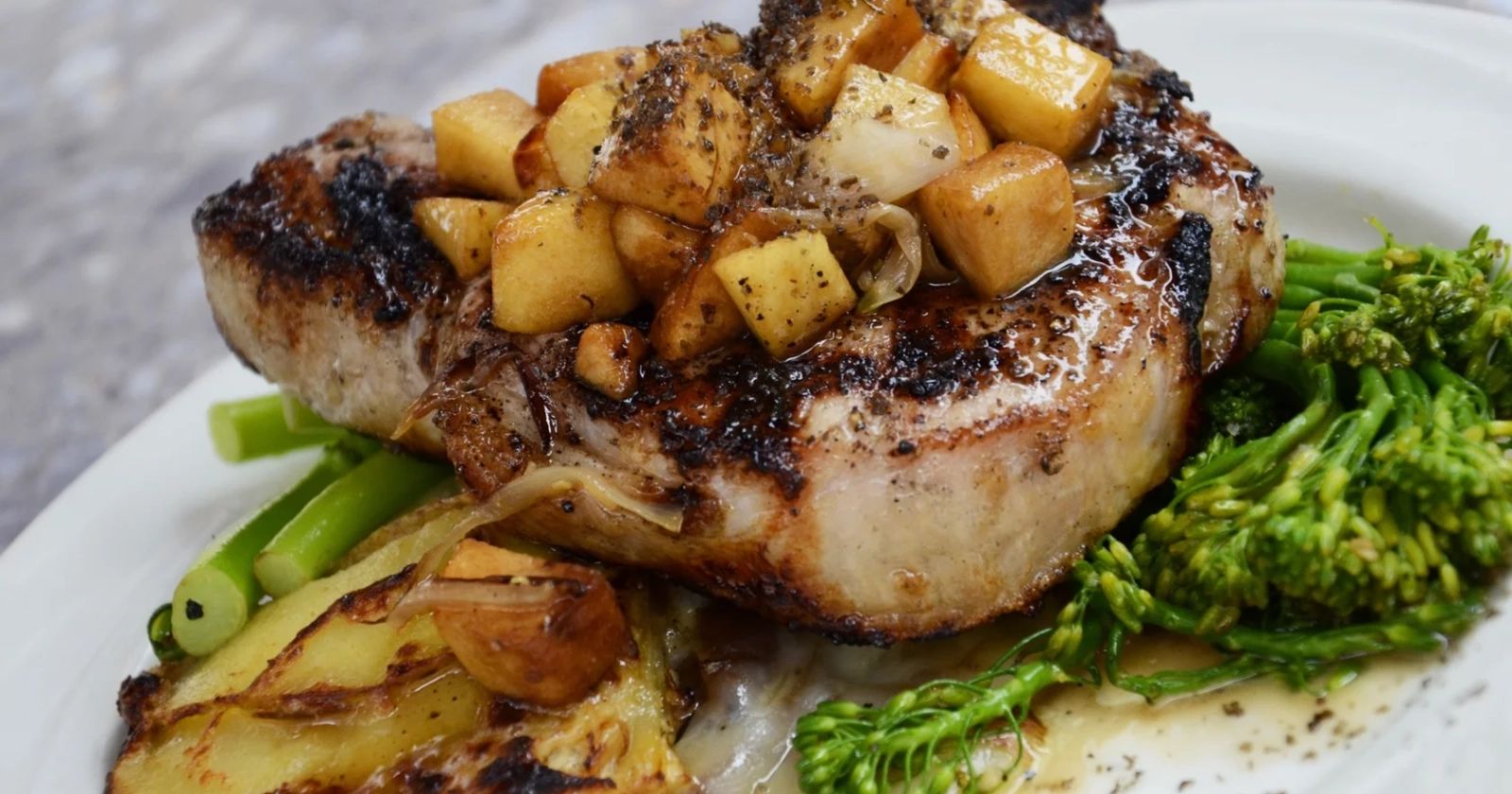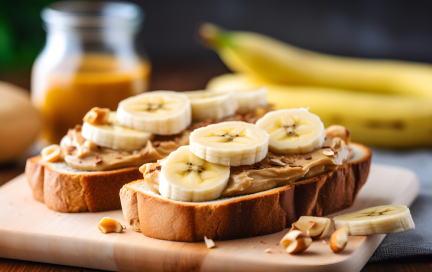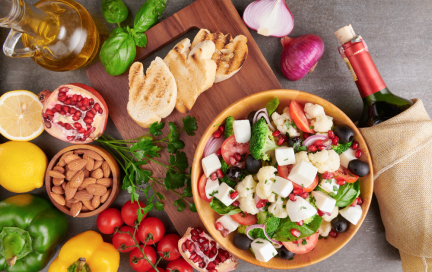{{ banner_block|raw }}
1. Switch from "saturated" fats to "unsaturated" fats
So, which food contains “saturated” fats? Which products should be limited and which should be eliminated from the diet?
"Saturated" fats
Saturated fats are primarily found in animal-based foods, while plant-based foods do not contain saturated fats or cholesterol.
Saturated fats are found in full-fat dairy products such as butter, sour cream, whole milk, and cheese, as well as in animal-based foods like fatty cuts of meat, chicken skin, and lard. Saturated fats levels of LDL (low-density lipoprotein) cholesterol, commonly referred to as 'bad cholesterol,' which can contribute to heart disease.
While saturated fats do provide fat-soluble vitamins, it's important to consume them in moderation, as excessive intake can negatively impact heart health.
Foods that are high in cholesterol should also be limited. These include red meat, poultry, especially organ meats (such as liver, kidneys, and heart), egg yolk and shellfish.
Trans fats are found in many processed foods, including store-bought baked goods (like cookies, muffins, donuts, and crackers), as well as margarine and fried foods, especially at fast food restaurants that use partially hydrogenated oils. These fats are more harmful than saturated fats because they not only lower levels of good cholesterol (HDL), but also raise bad cholesterol (LDL). Trans fats, often labeled as 'partially hydrogenated oils,' should be avoided as much as possible.

"Unsaturated" fats
‘Unsaturated’ fats are considered healthy fats and include vegetable oils (like olive oil, avocado oil), as well as nuts, seeds, and fish oils. These fats help lower levels of bad cholesterol (LDL). However, it’s important to remember that even healthy fats are calorie-dense, so using them in moderation is key. Overconsumption of unsaturated fats can still lead to weight gain, as excess fat gets stored in the body.
2. Add dietary fiber foods to your diet
Fiber-rich foods come mainly from plants, especially their stems and grains. Fiber exists in two types: soluble and insoluble. Soluble fiber is particularly helpful as it binds excess cholesterol and helps eliminate it from the body.
Incorporate fiber-rich fruits like apples, grapes, and pears into your diet — don't forget to eat the peel for added fiber. Other excellent sources of fiber include oats, whole grains like brown rice, quinoa, and legumes like lentils and beans.
Check out our fiber-rich recipes to make delicious and healthy meals!
3. Add regular workouts
To help lower your cholesterol levels, regular physical activity is key. Exercise can help reduce 'bad' cholesterol (LDL), increase 'good' cholesterol (HDL), and support weight loss.
A study published in the European Journal of Preventive Cardiology analyzed marathon runners and found that their 'bad' cholesterol (LDL) levels temporarily increased following the race. Intense aerobic exercise and strength training activate fat metabolism, meaning the body starts using stored fat as energy.
“After about two hours of continuous running, the body's glycogen stores (the body's quick energy source) are depleted. Long-term aerobic exercise (over 2 hours) helps stimulate the production of enzymes that metabolize fat for energy. Fat metabolism starts before glycogen is fully depleted. You don’t need to focus on distance — it's about time. Two hours of moderate-intensity aerobic exercise, plus an additional 10ー40 minutes, is enough to activate fat-burning processes.”
Numerous studies [1,2,3,4,5] show that regular exercise — including moderate and high-intensity workouts, as well as strength training — can help increase 'good' cholesterol (HDL).
| Food | Cholesterol level (mg/100 g) |
|---|---|
| Egg | From 570 to 600 |
| Chicken liver | 490 |
| Pork | From 110 to 380 |
| Beef liver | From 250 to 400 |
| Mackerel | 350 |
| Caviar | 300 |
| Salmon | 280 |
| Butter | 240 |
| Oysters | 50 |
| Tilapia | From 160 to 190 |
| Shrimps | 145 |
| Pork liver | 130 |
| Smoked sausage | 112 |
| Beef fat | 90 |
| Pork, lamb, goose fat | 100 |
| Cheddar cheese | 100 |
| Sausages | 60 |
| Sour cream | From 90 to 100 |
| Veal | 60 |
| Herring | 95 |
| Chicken | 70 |
| Animal fat | 90 |
| Salami | 60 |
| Sour cream | 80 |
| Cream cheese spread | From 25 to 80 |
| Beef | From 65 to 90 |
| Turkey | 50 |
| Mussels | 40 |
| Parmesan | 80 |
| Tuna, trout, shellfish | 55 |
| Crab | 45 |
| Horse mackerel | 40 |
| Homemade cottage cheese | 15 |
| Cod | 30 |
| Cottage cheese | 17 |
| Milk | From 3 to 15 depending on fat % |
| Yogurt | From 1 to 8 depending on fat % |
| Kefir | From 3 to 10 depending on fat % |

















